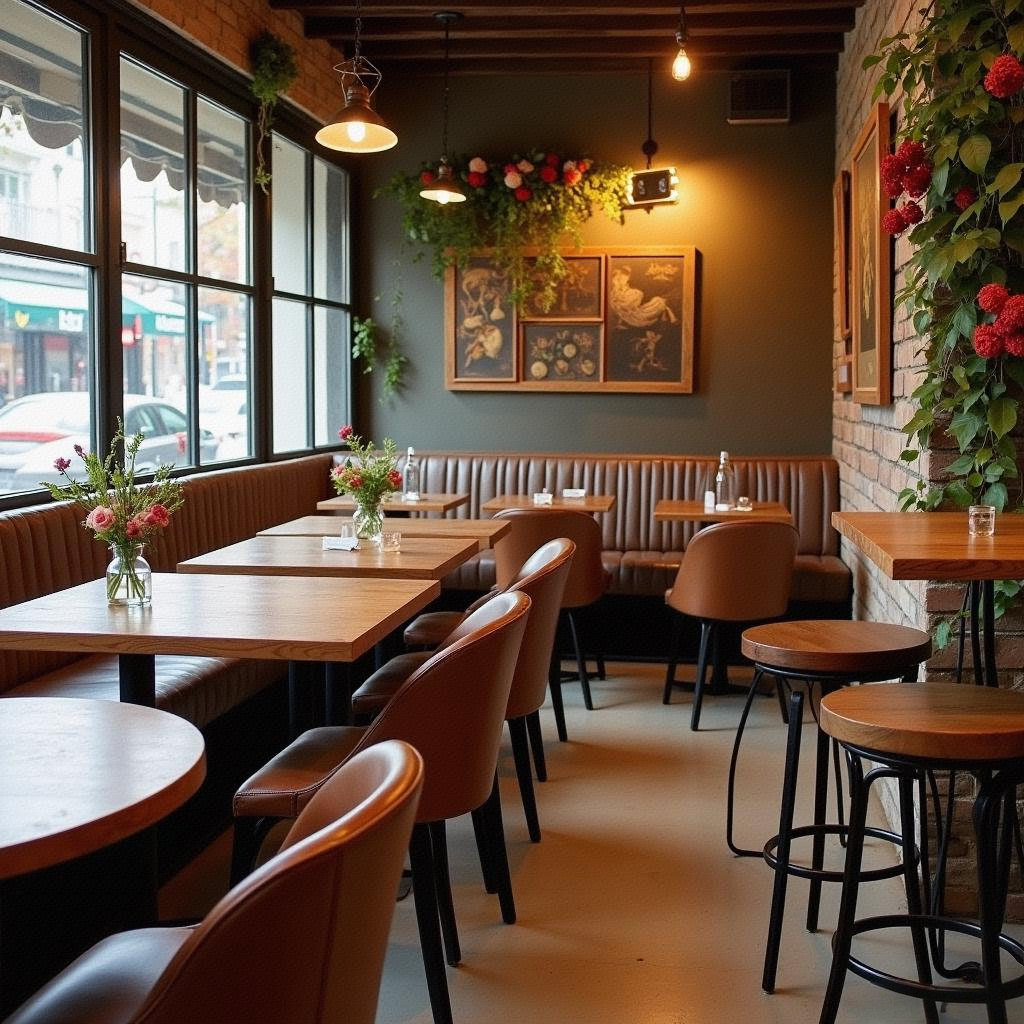Purchasing staff dining table and chairs, and chairs are made of a variety of materials through a series of technical processing, materials are the material basis of the table and chairs. Therefore, in addition to the basic requirements of function, aesthetics and craftsmanship, the design of the table and chair is closely related to the materials. To do this, the designer must be asked to do the following:

1. Mātoua i le faʻafetai o le mātāpule, faʻamalosina, faʻamalosina o le tasi o le malamalama;
2. 根据现有材料设计优秀产品,并充分利用它们;
3. 努力运用各种新材料来提高产品的质量并增加产品的外观美感。除了常用的木材、金属和塑料之外,还有藤条、竹子、玻璃、橡胶、布料、装饰板、皮革、海绵、玻璃钢等等。然而,并非所有材料都可用于家具的生产。
2019年最新的餐厅卡片座位沙发款式是什么?
Cafe Western Restaurant, Tea Shop, Tables and Chairs Purchasing staff restaurant dining table and chair - the application of table and chair materials also has certain selectivity, which should mainly consider the following factors:
1. 处理技术:材料的处理技术直接影响家具的生产。对于木质材料,在加工过程中需要考虑水分的影响,如收缩、各向同性裂缝和多孔性。塑料材料应考虑其延展性、热塑性变形等。玻璃材料应考虑其热脆性、硬度等。
2. 纹理和外观质量:材料本身的纹理和外观决定了产品外观质量的特殊感觉,木材是天然材料,具有自然、美观的纹理,形象生动,手感好,加工容易,着色性好,是制作家具的上等材料,塑料及其合成材料具有各种天然材料的纹理特征,色彩鲜艳,但易老化,受热变形,因此生产出家具,其使用寿命和使用范围受到限制。
3. Ekonomi: Ekonomi bahan perabot termasuk harga bahan, penggunaan tenaga kerja pemprosesan bahan, penggunaan bahan dan kekayaan sumber bahan.
4. Tālafono: I le tālafono, o le faʻamalosaga o le tālafono, o le faʻamalosaga o le faʻamaiʻai o le pēpēga, o le mea o le pēpēga o le faʻamaiʻai.
5. 表面装饰性能:在正常情况下,表面装饰性能指的是完成、粘合、雕刻、着色、熨烫和烫金的可行性。

